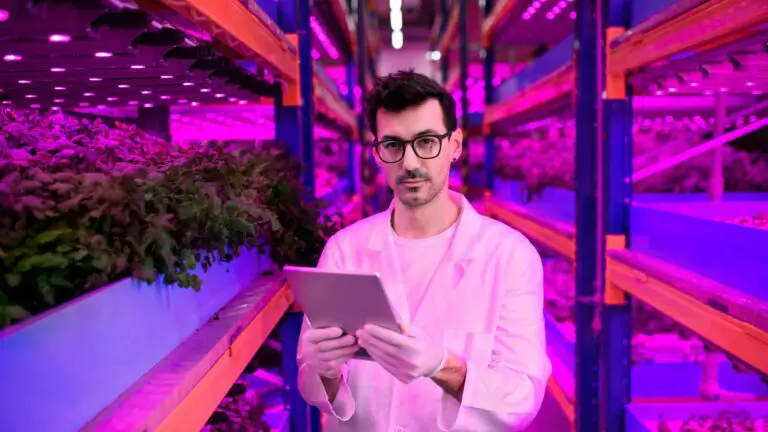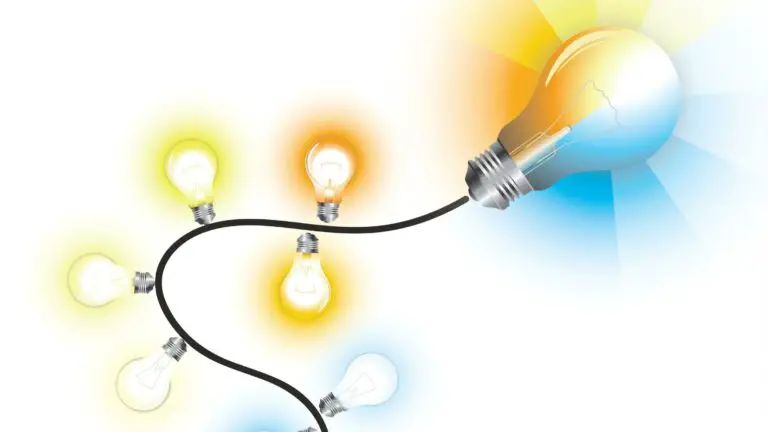6 Tips to Increase Yield Using Grow Light
Disclosure: Your purchases through our links may earn us a small commission, supporting our site’s ability to provide valuable information to our readers. Rest assured, it won’t impact your price. Thank you for your support.
When it comes time for you and your family’s home garden, the most important thing to consider is how much space there is available? If the answer isn’t quite clear, then let me explain. Many people think about planting vegetables or fruits in their backyard or indoor but don’t realize that these plants need light!
Without enough natural sunlight coming through windows (which can be challenging during winter), produce will suffer significantly—and so too may pest insects who rely on dark places as breeding grounds because grow lights can penetrate deep into plant canopy levels.
What Are Grow Lights?
Grow lights are artificial light sources that provide the wavelengths of sunlight that plants need for photosynthesis, which is how they make their food from scratch (a process we all learned about back in grade school science class). Grow lights come in many shapes, sizes, and colors, but the most common type used by indoor gardeners is fluorescent grow light bulbs. These days, LED grow lights are becoming more popular because they use less energy and last longer than traditional fluorescents. But no matter what type of grow light you choose, as long as it emits the right light spectrum for your plants, it will help them grow!
Here you can select the best LED grow light for your indoor plants or for commercial purpose.
Related:
Grow Light vs. Sunlight
Cheap Grow Lights Alternatives Used in Indoor Hydroponics
Our Top 6 Tips for Using Grow Lights to Increase Yield
1. Choose the right grow light for your plants.
Different plants require different amounts and types of light, so be sure to do your research before purchasing. Many grow light calculators available online can help you determine how much light your plants need.
Different types of grow lights emit different light spectrums, so choosing the right grow light for your particular plants is essential.
Related:
Best Plants to Grow Under a Grow Light in Hydroponics
How to Choose the Right Grow Light for Hydroponic Plants?
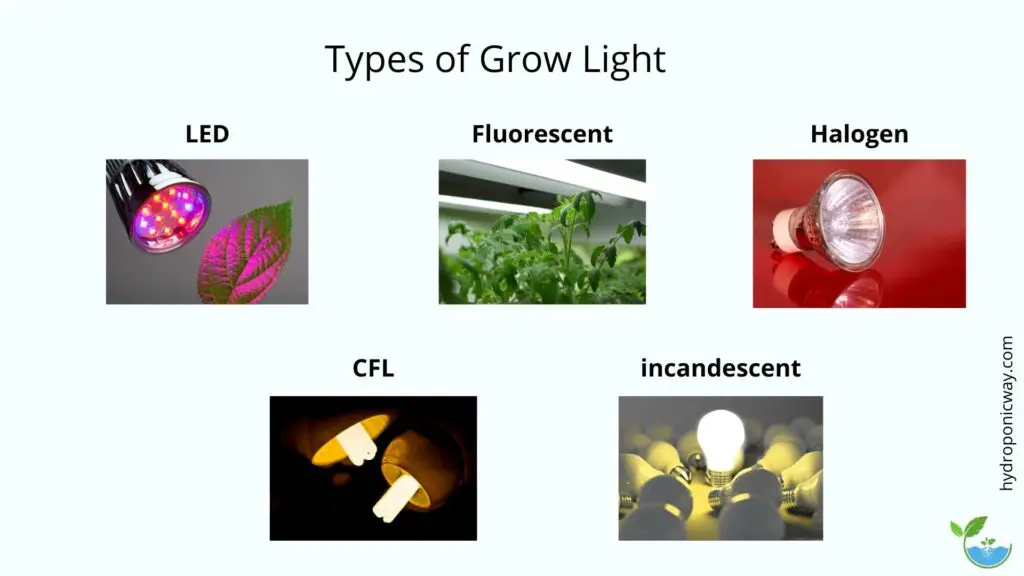
2. Install your grow lights properly.
Make sure they are hung at the correct height and angle to illuminate all of your plants evenly. Most grow lights should be placed about 18-24 inches above the plant canopy, but this will vary depending on the type of light you are using and the size of your plants.
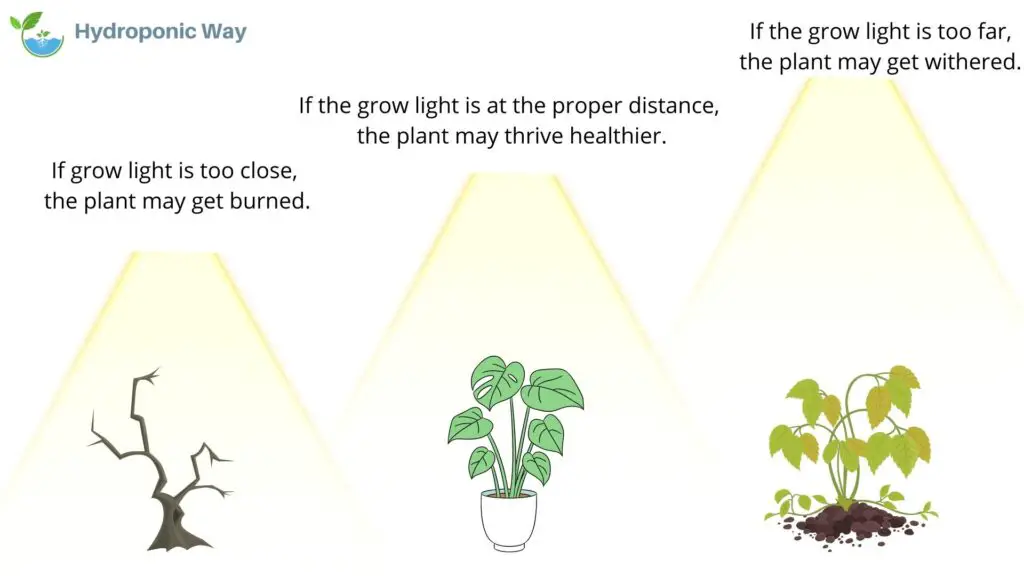
3. Give your plants a rest
Just like people, plants need a break from time to time. Be sure to turn off your grow lights for several hours each day to give your plants a chance to rest. The duration varies with the plant and circumstances. It may vary from 12-18 hours. Research the time to give rest to different types of plants.
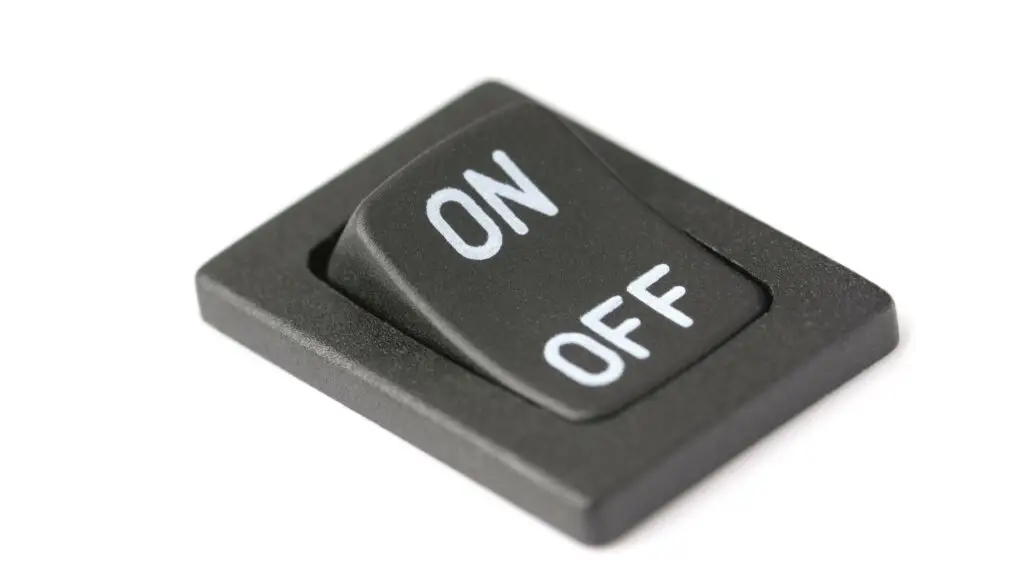
4. Monitor your plants closely
Keep an eye on them for signs of stress, such as yellowing leaves or slow growth. If you see any problems, adjust your grow light setup accordingly.

5. Keep your grow lights clean.
Dust and dirt can build up on grow light bulbs, reducing efficiency. Be sure to wipe down your bulbs regularly with a soft cloth.
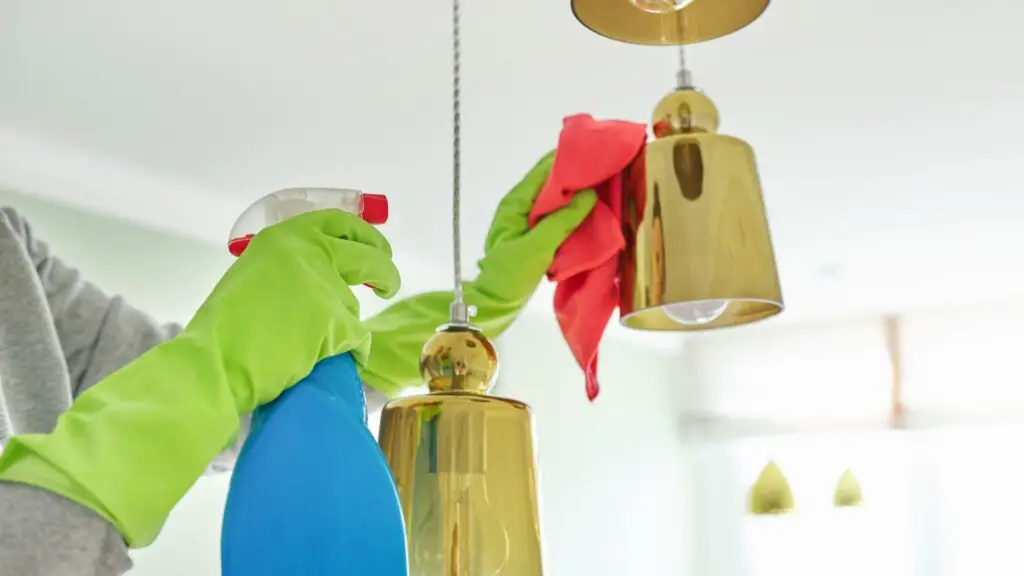
6. Keep an eye on the temperature
Grow light bulbs give off heat, so keep an eye on the temperature in your grow room. If it gets too hot, your plants will suffer.
We hope you found these tips helpful! grow lights are a great way to increase yield, but it’s essential to use them correctly. Be sure to research and monitor your plants closely to get the best results.
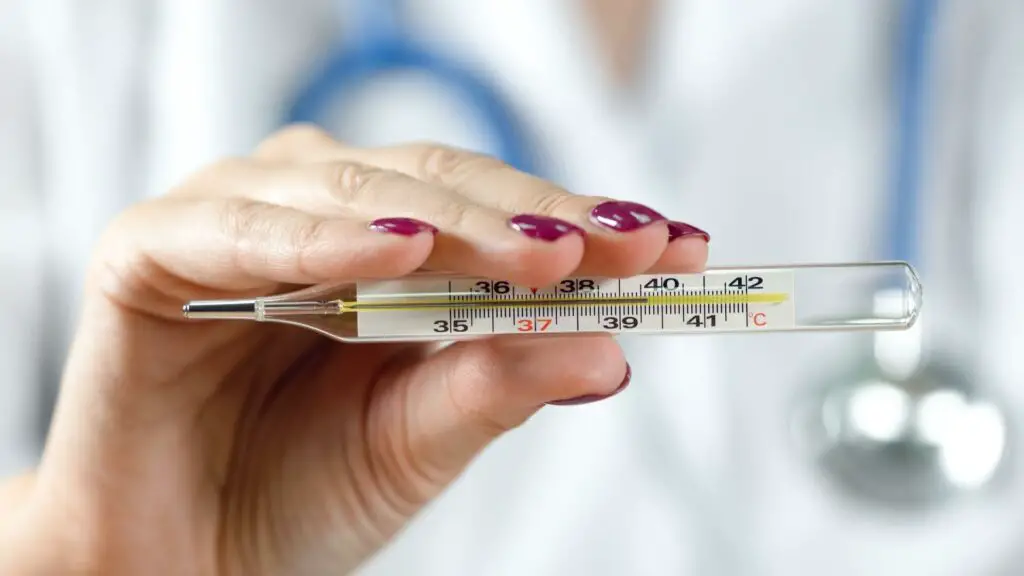
Conclusion
Indoor gardening is a great way to get fresh produce without the worries of growing outdoors.
A lot goes into making these indoor gardens thrive: proper ventilation, consistent temperature levels between day & night, plus ample light for photosynthesis reactions that create food from minerals, water, and air. Grow lights are essential to indoor gardens because they provide the light plants need to grow.
Grow light usage can be tricky, but following these simple tips will help you get the most out of your grow light and increase your yield. With a bit of patience and care, you’ll be harvesting fresh fruits and vegetables in no time.
Now that you know the basics of grow lights, you can start your indoor garden! Check out our other blog posts for more tips on gardening and homesteading.
Thank you for reading!
Check the amazing grow lights from Amazon for your indoor plants.
LED grow lights
Fluorescent grow lights
Halogen grow lights
HPS grow lights
CFL grow lights


